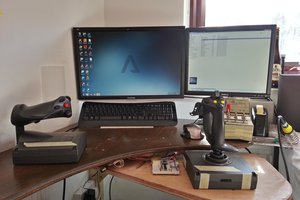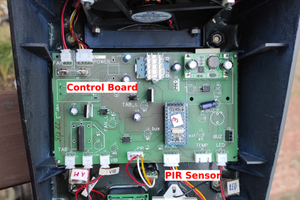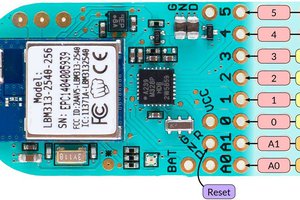This device is controlled by DMX. It has 9 PWM sink outputs and 3 relay outputs. The PWM outputs are intened to be used to control standard RGB-stips. The DMX address can be set with DIP switches.
DMX Controlled RGB LED-Strips
A device for controlling my RGB strips with DMX.
 Johan
Johan
 BotFactory
BotFactory
 Gavin169
Gavin169
 RemoteMCU
RemoteMCU
 Daniel Young
Daniel Young